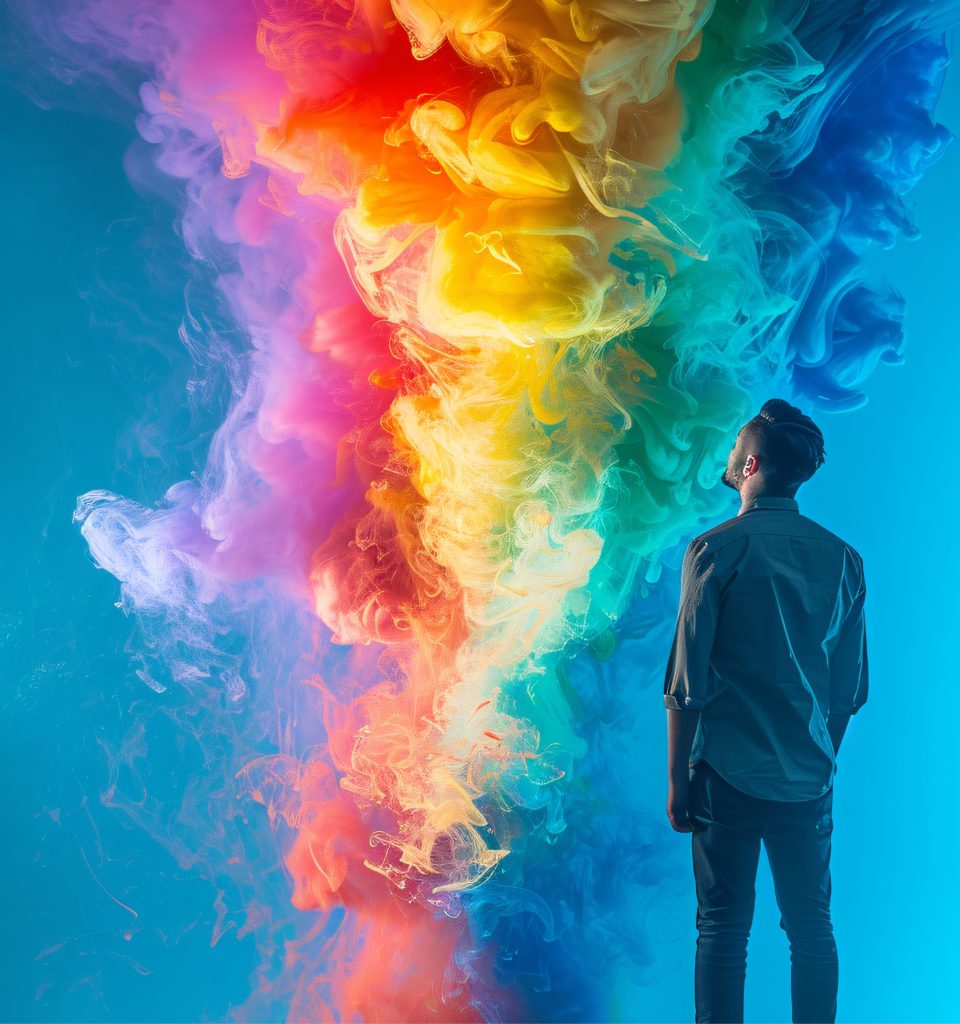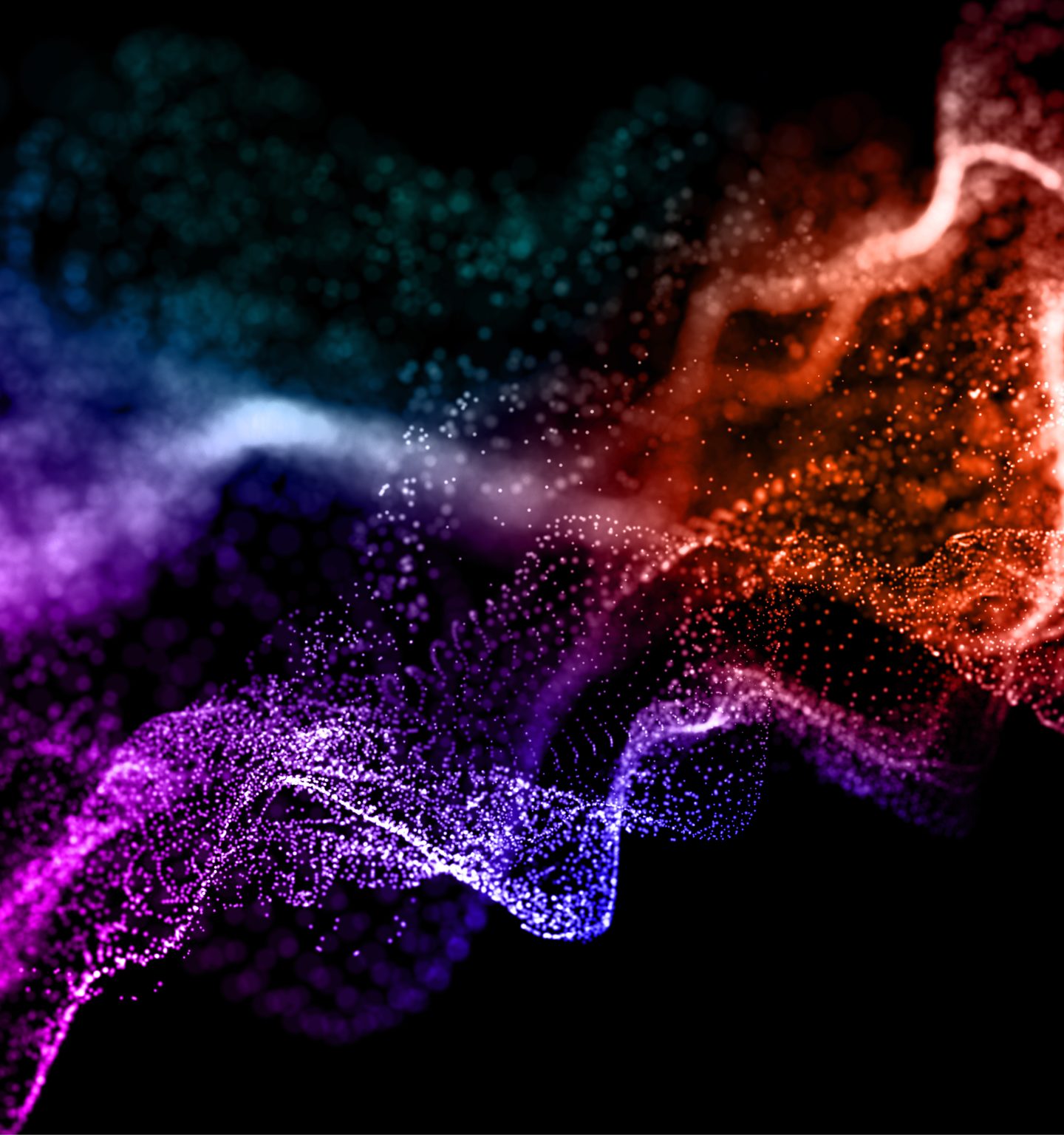What is Color Psychology?
Color psychology refers to how colors affect human emotions and behaviors. While individual reactions to colors can vary, there are common associations. Understanding these can help you choose colors that align with your brand’s message and goals. Some color meanings are universal, while others can vary by culture. Consider how colors might impact your marketing efforts and how they can influence your audience.
Why Colors are Important in Marketing
Colors play a vital role in marketing and brand consistency because they can persuade your audience to take specific actions or associate certain qualities with your product or service. Choosing the right colors can make it easier to increase your conversion rates.
The Significance of Colors
When selecting colors for your brand, consider the meaning of each color and how you can use it effectively. Here are some popular colors in marketing and their associations:
- Red: Red is a vibrant color used by many companies in their marketing campaigns. It is associated with energy, love, power, and excitement. If you want to encourage your target audience to take a specific action, red might motivate them to do so.
- Blue: Blue is popular in marketing because it represents loyalty, trust, competence, and peace. In fact, 40% of Fortune 500 companies use blue in their logos. There are various shades of blue, so consider which one best fits your campaigns.
- Green: Green can connect your brand with freshness, healing, nature, and quality. With increasing attention to environmental issues, green is a good choice if you want your brand to be associated with sustainability.
- Yellow: Yellow is linked with warmth, happiness, and creativity. Although it may not be as popular as some other colors, it can help differentiate your brand from competitors.
- Orange: Orange is often used in marketing because it stands out. People associate orange with boldness, confidence, sociability, and success.
- Pink: Using pink in your marketing can make your brand appear compassionate, sincere, sweet, and sophisticated. While pink is often associated with products for children, it can also be effective for other types of products and services.
- Purple: Historically, purple was the color of royalty. It is still associated with ambition, luxury, and regal power. Purple can also be linked with spirituality, so consider this color for your brand.
- Black: Black is often associated with drama, security, formality, and sophistication. It is a common color in modern and contemporary marketing campaigns.
- White: White represents innocence, honesty, cleanliness, and simplicity. If you want your product or service to appear straightforward and transparent, white might be a good choice.
Keep in mind that this is a general overview of color meanings. While some color associations may be universal, others can differ by culture. Therefore, carefully consider the colors you use in your marketing, how they might be perceived in different locations, and how you can maximize each color’s impact.
Have a new project or need our services? Send us information here or call us at 2130414635




